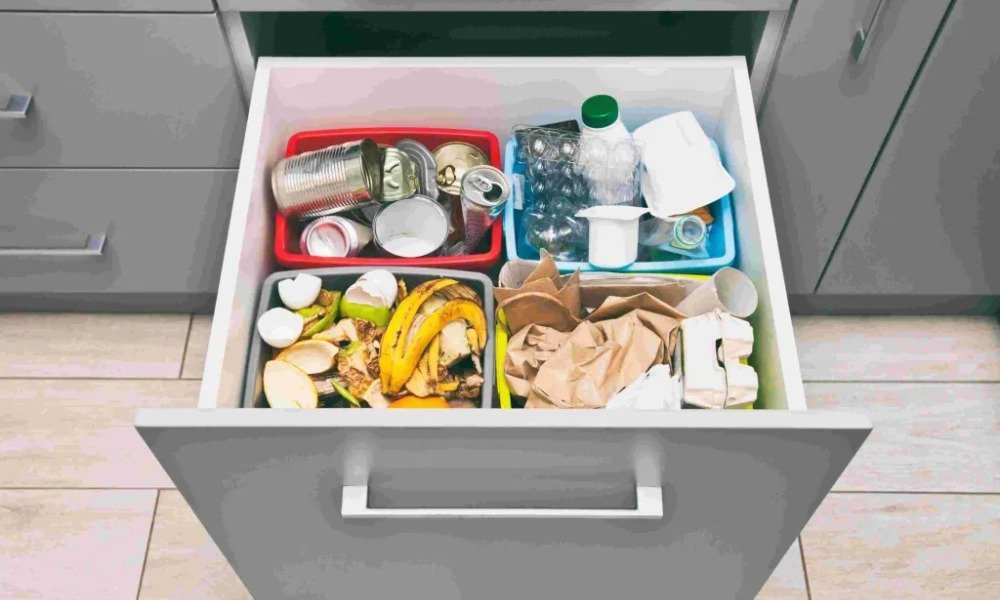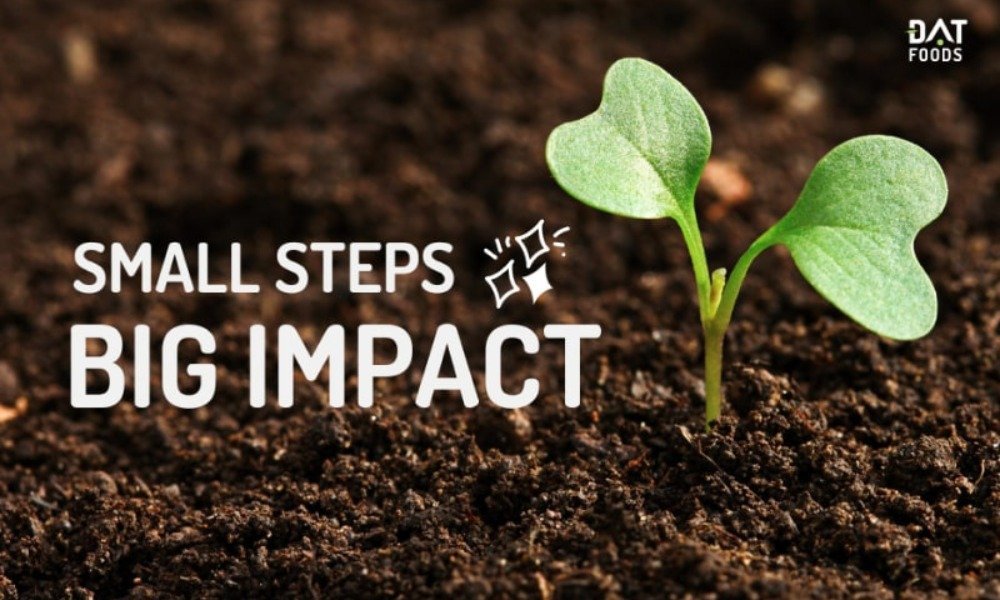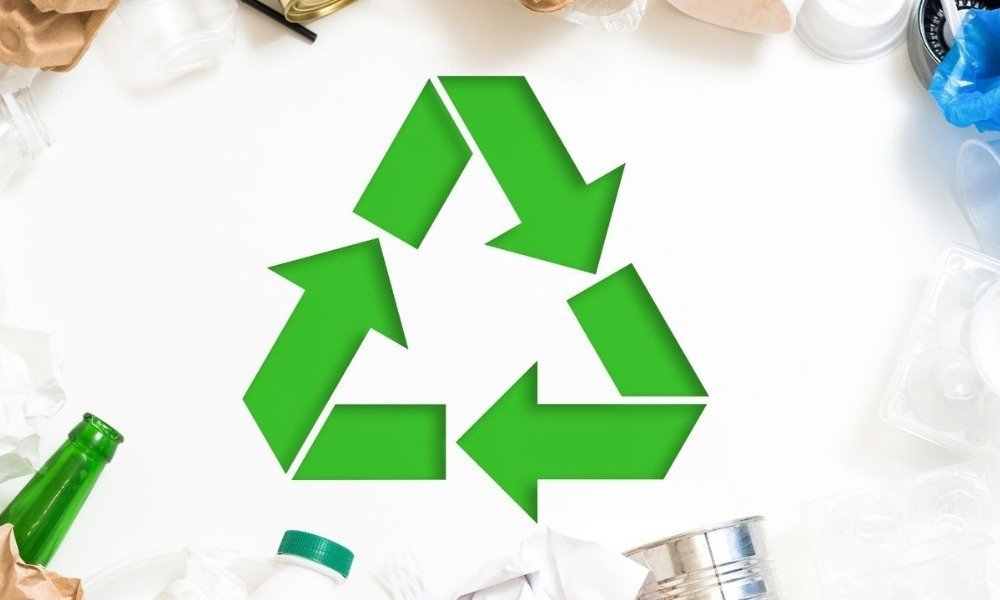Estimated reading time: 5 minutes
Trash—it’s everywhere. Every day, I throw things away without thinking twice. But where does it all go? More importantly, how much of it is harming the environment? The truth is, many common disposal methods are outdated and damaging. Fortunately, with a little effort, I can make smarter choices that keep unnecessary items out of landfills.
That’s where eco-friendly waste management comes in. It’s not about perfection. It’s about making small, effective changes—whether that’s recycling correctly, cutting down on unnecessary packaging, or finding better ways to handle hazardous materials.
What You’ll Learn in This Guide
How to reduce everyday trash at home and work
The right way to sort and process recyclables
What to do with hazardous and electronic items
Why composting is an easy and effective solution
How to find responsible removal services
Now, let’s get into it.
1. Why Responsible Waste Handling Matters
It’s easy to ignore what happens after the trash truck drives away, but my choices today have lasting effects. Proper disposal helps by:
Protecting natural resources – Less waste means fewer raw materials are needed for new products.
Reducing pollution – Items dumped improperly release harmful chemicals into the air, water, and soil.
Saving money – When businesses and homeowners reduce unnecessary waste, they also lower costs.
Even small efforts—like sorting recyclables or donating old furniture—add up over time.
2. Smart Ways to Handle Unwanted Materials

I’ve learned that tossing everything in one bin is the worst approach. Instead, I focus on sorting and reusing whenever possible.
a) Recycling Done Right
It seems easy—just toss bottles and paper into the blue bin, right? But incorrect sorting can ruin an entire batch of otherwise reusable materials. Here’s how I get it right:
- Separate materials correctly – Mixing paper with greasy food containers? That’s a no-go.
- Check local rules – Not every plastic is recyclable. Some types end up in landfills even if they have a recycling symbol.
- Rinse before tossing – A little leftover food can make items unrecyclable.
If you’re not sure what goes where, check out this guide on common recycling mistakes.
b) Dealing with Hazardous and Electronic Items
Certain products can’t be thrown out with regular trash because they contain harmful chemicals. This includes:
Batteries and old electronics – Many contain toxic metals that should be processed separately.
Leftover paint and chemicals – These require special handling at designated drop-off sites.
Expired medications – Flushing them can contaminate water supplies.
Many communities offer collection programs for these materials. If you’re not sure where to take them, check with a local waste disposal center or read up on how electronics are processed.
c) Composting: An Easy Win for the Environment
I used to think composting was messy or complicated, but it’s surprisingly simple. All I need is a bin and the right mix of organic material.
Good for composting: Fruit peels, coffee grounds, vegetable scraps, and leaves.
Avoid: Meat, dairy, and anything oily (they attract pests and slow decomposition).
Over time, I turn food scraps into nutrient-rich compost, which helps my garden and keeps organic waste out of landfills.
d) The Power of Reuse
Before tossing something, I always ask myself:
Can it be donated? Clothing, appliances, and furniture can often help someone else.
Can it be repurposed? Old jars make great storage containers, and scrap fabric becomes cleaning rags.
Can it be fixed? Sometimes, a simple repair can save an item from the landfill.
Cutting down on waste starts with using what I already have before buying new.
3. Sustainable Strategies for Businesses
Workplaces generate a huge amount of trash, but small changes can make a big difference. Some easy fixes include:
Reducing single-use plastics – Switching to reusable office supplies.
Going digital – Paperless billing and online forms cut down on clutter.
Setting up sorting bins – Clear labels help employees recycle correctly.
Companies that focus on sustainability save money and resources—find out more in this business-focused guide.
4. Finding Responsible Waste Removal Services
Sometimes, I need professional help—especially when dealing with large loads or specialized items. Before booking a service, I look for:
Recycling partnerships – Do they send materials to a processing center instead of a landfill?
Donation programs – Do they help get usable items to people who need them?
Transparent disposal practices – I always ask where my junk goes after collection.
If you’re cleaning out a home or office, make sure you’re hiring the right removal team.
5. Common Myths About Waste Management
There are plenty of misconceptions about what’s actually sustainable. Here are a few I’ve come across:
“Everything with a recycling symbol can be recycled.” Nope—some plastics still end up in landfills.
“Composting takes too much effort.” Not true! A small bin makes it simple.
“One person’s actions don’t matter.” Every choice I make reduces waste over time.
Breaking these myths helps me make better choices every day.
6. Small Steps, Big Impact

Being eco-friendly isn’t about drastic lifestyle changes. It’s about consistent, small decisions—choosing to recycle properly, compost food waste, or donate instead of dumping.
So what’s my next step? I commit to doing at least one thing differently today:
Composting scraps instead of throwing them away.
Fixing or donating an item instead of replacing it.
Double-checking what’s actually recyclable.
For more ways to reduce clutter responsibly, check out this guide to simple decluttering.
Waste management isn’t just a problem for landfills—it’s a daily decision. And the best part? Every small action helps.



